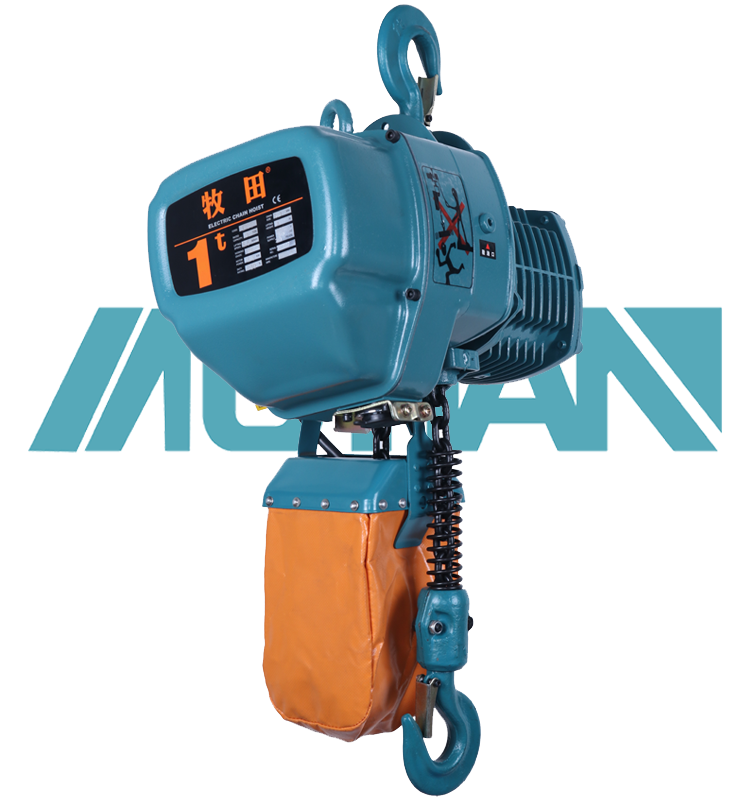 中文版
中文版



Welcome to contact us by phone:0086-0312-7969888
The internal structure of an electric chain hoist consists of several key components that work together to lift and lower heavy loads safely and efficiently. While specific designs may vary between manufacturers and models, here are the typical internal components found in an electric chain hoist:
Electric Motor: The electric motor provides the power necessary to operate the hoist. It converts electrical energy into mechanical energy to drive the lifting mechanism. The motor is usually housed within the hoist body.
Gearbox or Transmission System: The gearbox or transmission system is responsible for transmitting power from the electric motor to the lifting mechanism. It converts the high-speed rotation of the motor into low-speed, high-torque output suitable for lifting heavy loads.
Load Chain: The load chain is a crucial component of the hoist mechanism. It is made of high-strength alloy steel and consists of interconnected links that form a continuous loop. The load chain runs over sprockets and is used to lift and lower the load.
Lifting Hook: At the end of the load chain is a lifting hook or attachment point. This hook is used to secure the load to be lifted. The hook may feature a latch or safety mechanism to prevent accidental release of the load.
Brake System: Electric chain hoists are equipped with brake systems to hold the load securely in place when the motor is not running. The brake engages automatically when power is cut off to prevent the load from slipping or falling.
Limit Switches: Limit switches are safety devices that prevent the hoist from over-traveling in either the up or down direction. They are typically installed at the top and bottom ends of the hoist's travel path and automatically cut off power to the motor when activated.
Control System: The control system allows the operator to start, stop, and control the speed and direction of the hoist's movement. It may consist of a pendant control or a remote control unit connected to the hoist body via a cable.
Overload Protection: Many electric chain hoists are equipped with overload protection devices to prevent damage to the hoist in case of overloading. These devices may include overload clutches or electronic overload sensors that detect excessive load and cut off power to the motor.
Housing and Frame: The internal components of the electric chain hoist are housed within a sturdy frame or housing made of metal or other durable materials. The housing provides protection for the internal components and ensures the hoist's structural integrity.
These components work together to provide safe and reliable lifting and lowering of heavy loads in various industrial and commercial applications. Regular maintenance and inspection of these internal components are essential to ensure the hoist operates efficiently and safely.
X